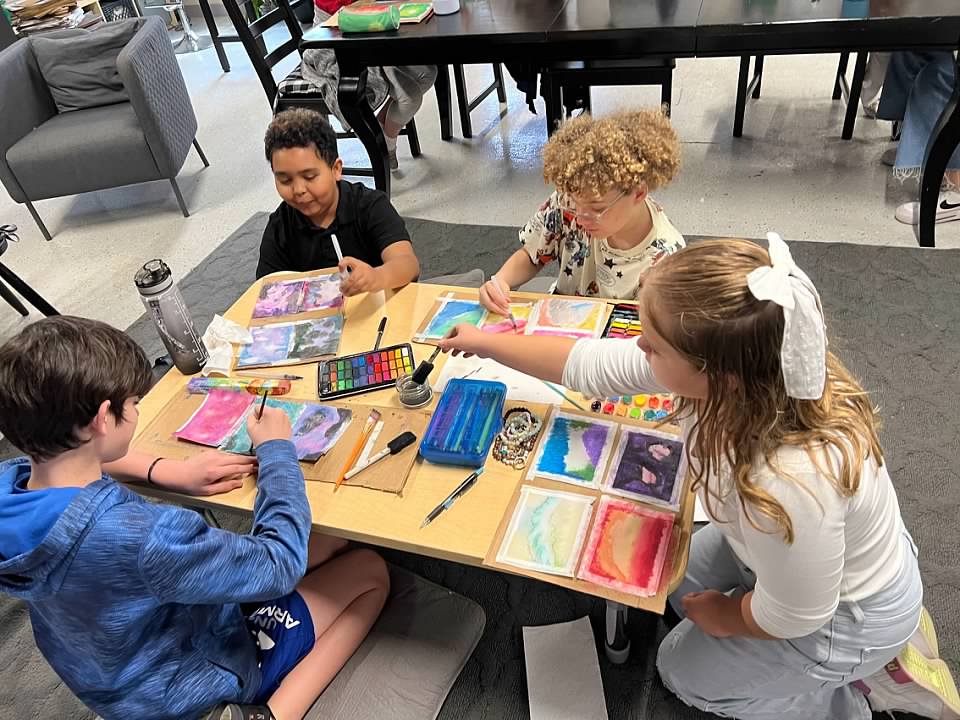Not every learning tool works the same for everyone. Not every method of instruction works for everybody. This goes for all humans, not only kids who are neurodivergent.
As a neurodivergent person myself, I have been thinking a lot lately about all of the different methods that help me learn and how I can incorporate those methods and tools into lessons that will inspire and engage my students.
First, it is important to understand what it means to be neurodivergent. The Cleveland Clinic defines the term “neurodivergent” to describe people whose brain differences affect how their brain works. That means they have different strengths and challenges from people whose brains don’t have those differences. From medical conditions to learning differences, we’re happy to support all types of students and to showcase the variety of strengths that each of us bring with us.
In today’s inclusive educational landscape, and especially at Indi-ED, it’s essential for
me to adapt my teaching methods to support and celebrate the diverse needs of all students.
There are many effective strategies that work for all types of kids:
-The most effective method is differentiated instruction. Tailoring our teaching
methods to accommodate various learning styles and preferences. This involves
providing multiple ways for students to demonstrate their understanding of a concept.
-Monitoring movement as well as overstimulation. Some students need to move (like me) and some thrive in calmer environments, with breaks, or need more support tools to stay focused.
-When giving directions, visuals and checking for understanding supports all types of learners.
-Multi-sensory and hands-on activities or interactive games as learning tools also support concept development.
-Social skills development is another thing that all kids need support in.
Most of these are already built into our ways of work. We work to foster a culture where neurodiversity is celebrated, differences are seen as strengths, and we encourage students to appreciate each other’s unique abilities and perspectives.
Teaching all types of kids requires a commitment to creating an inclusive and
supportive learning environment. By embracing neurodiversity, we can unlock the full
potential of every student, nurturing their individual strengths and fostering a sense of belonging in the classroom. Through thoughtful adaptations and a commitment to
understanding, we teachers play a crucial role in empowering neurodivergent learners
for success in both academic and social realms.


